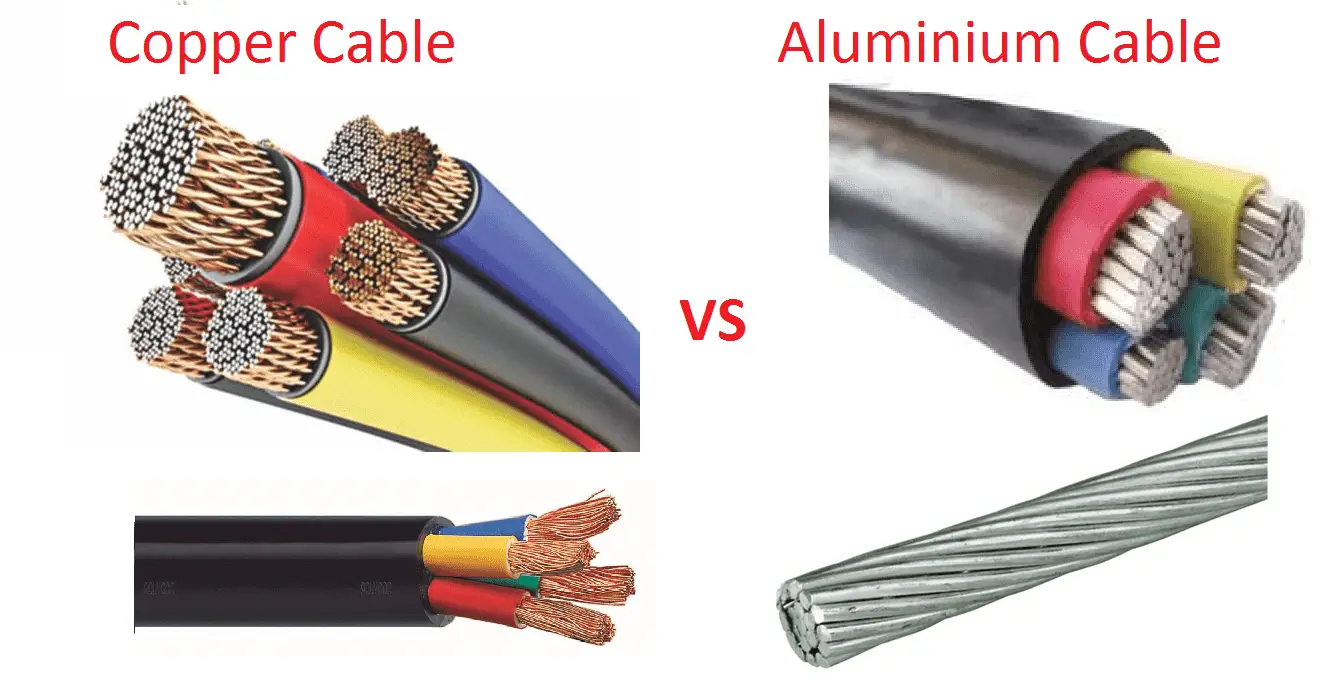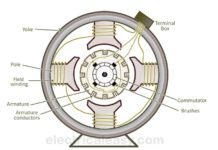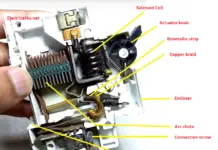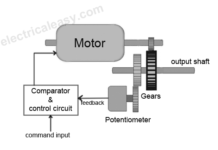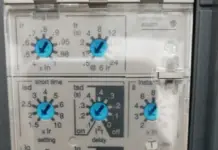Ideal insulation material should have some basic qualification:
- high dielectric strength, sustained at elevated temperature
- high resistivity or specific resistance
- low dielectric hysteresis
- good thermal conductivity
- High degree of thermal stability, It should tolerate at high temperature.
Different insulation classes:
| Class | Temperature (deg) |
| Y | 90 |
| A | 105 |
| E | 120 |
| B | 130 |
| F | 155 |
| H | 180 |
| C | >180 |
Class Y:
This insulation consists of materials such as cotton, silk and paper without impregnation. Other material combination can be included in this class, if by experience or accepted tests they can be capable of operating at class Y temperature. Class Y insulation class sustain at maximum temperature of 90 deg Celsius.
i.e: Cotton, Silk, Paper, cellulose, wood etc., neither impregnated nor immersed in oil, it is unsuitable for electrical machines and apparatus.
Class A:
In this insulation materials or combinations of materials such as cotton, silk and paper when suitably impregnated or coated when immersed in a dielectric liquid such as oil. Other materials or combinations of materials may be included in this class, if by experience or accepted tests they can be shown to be capable of operation at class A temperature.
[wp_ad_camp_4]
i.e: Material of class Y impregnated with natural resins cellulose esters, insulating oils etc. Also included in this class are laminated wood, varnished paper.
Class E:
The material is possessing a degree of thermal stability allowing them to be operated at a temperature 15 deg higher than class A materials.
i.e: Synthetic resin enamels, cotton and paper lamination with formaldehyde bonding etc
Class B:
In this class a materials or combinations of material such as mica, glass fiber, asbestos etc. with suitable bonding substances. other materials or combinations of materials not necessary inorganic, may be included in this class, if experience or accepted tests they can be shown to be capable of operation at class B temperature.
i.e: Mica, glass fibre, asbestos with suitable bonding substances; build up mica, glass fiber, and asbestos laminations
Class F:
The combinations of materials such as mica, glass fiber, asbestos etc. with suitable fonding substances as well as other materials or combinations of materials, not necessary inorganic, which by experience or accepted tests can be shown to be capable of operation class F temperature.
The material is possessing a degree of thermal stability allowing them to be operated at a temperature 25 deg higher than class B materials.
i.e:Materials of class B with bonding materials of higher thermal stability.
Class H:
The combinations of materials such as mica, glass fiber, asbestos etc. with suitable bonding substances such as silica resins, If by experience or accepted tests they can be capable of operation at class H temperature.
[wp_ad_camp_4]
i.e: Glass fiber and asbestos materials of higher and built up mica with silicon stability.
Class C:
Insulation materials or combination of materials such as mica, porcelain, glass and quartz with or without an inorganic binder, If by experience or accepted tests they can be capable of operation at class C temperature.
i.e: Mica, ceramics, glass, quartz without binders or with silicon resins of higher thermal stability.
Conclusion:
In industry maximum F class insulation is preferred. But some special application like VFD duty and crane operation that time we have to go for H level insulation, to get better thermal stability. For Normal pump and fan operation B class insulation is enough.


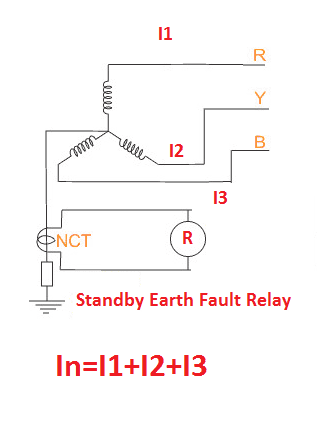
![What is Normally Open & What is Normally Closed [Video Included] What is NO and NC](https://www.electrical4u.net/wp-content/uploads/2020/09/What-is-NO-and-NC-218x150.png)

